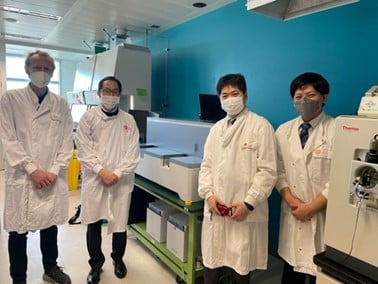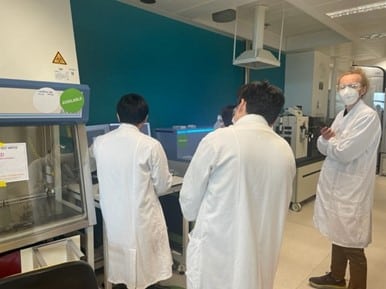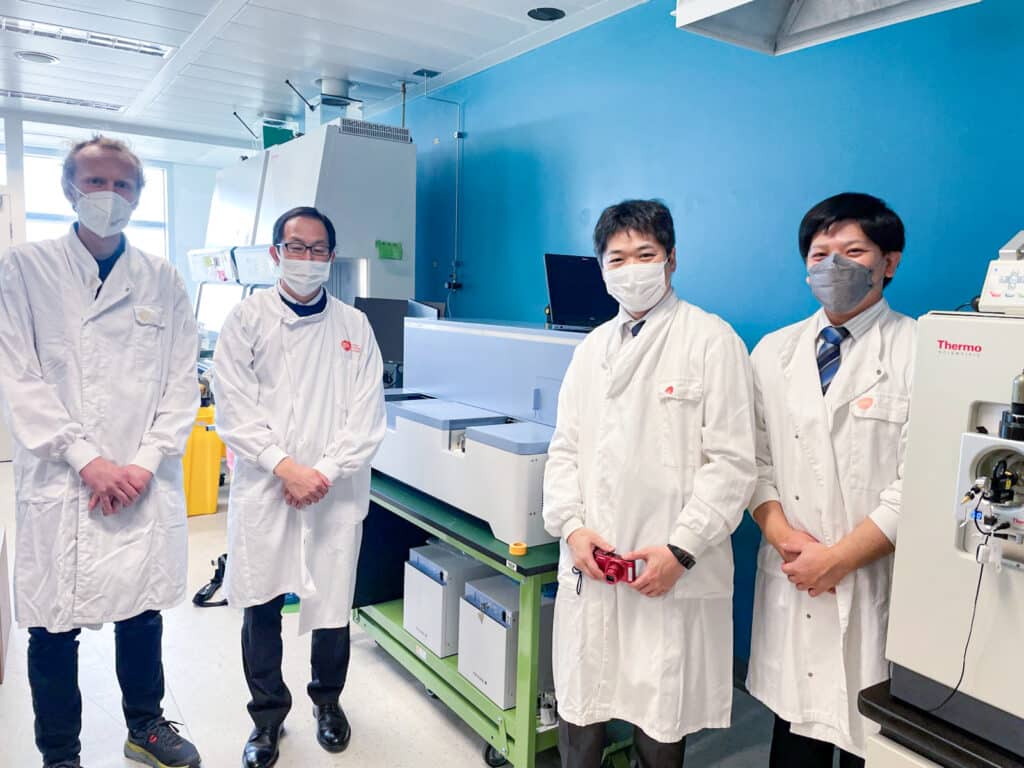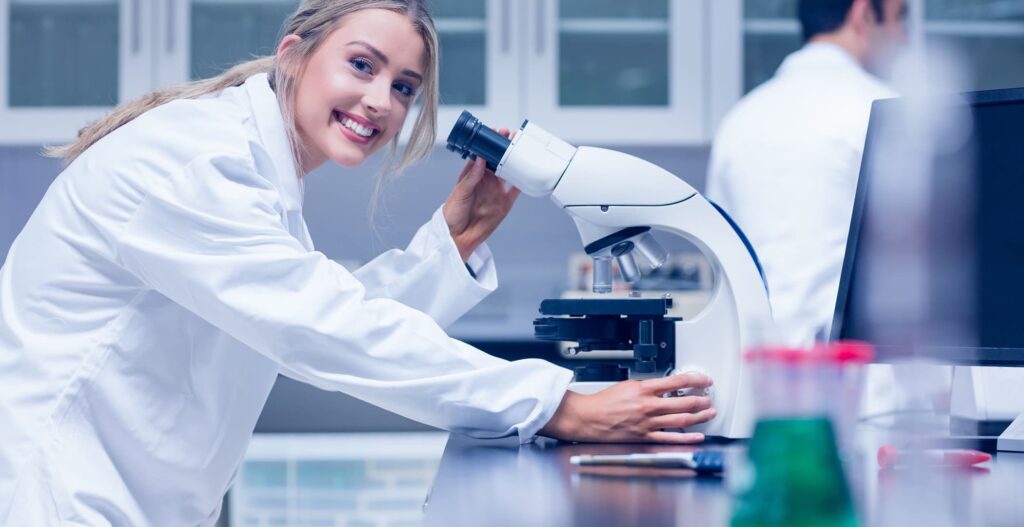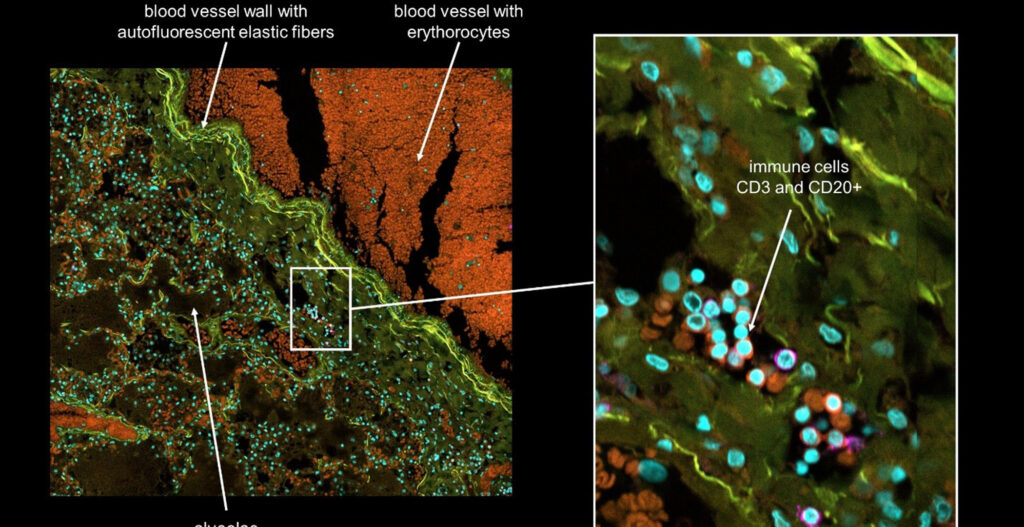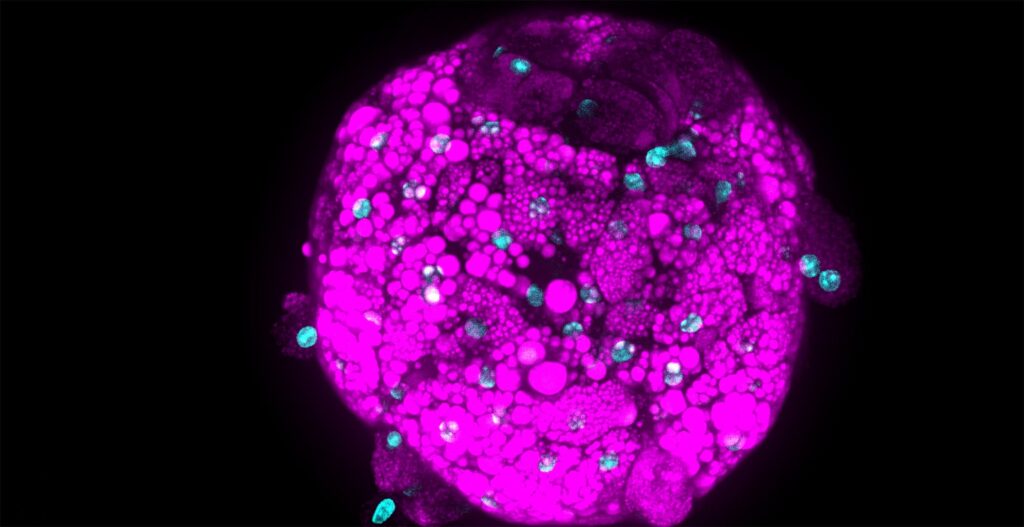In October 2019 when I first saw what was going to become the SS2000 in Kanazawa, I almost didn’t believe that Yokogawa was making real the instrument we have been asking for since 2017 when we first started this collaboration. But I suppose I first should tell how all of this came about…
Imaging at the cellular level
GSK very kindly sponsored my part-time Ph.D., entitled “Probing the distribution of pharmaceutical compounds using ToF-SIMS” and long story short we saw that despite the cells in culture being clones of each other, and therefore thought to be a homogeneous population, they incorporated pharmaceutical drugs in a very different way. ToF-SIMS (time-of-flight secondary ion mass spectrometry) is the lesser known of the mass spec imaging techniques, however, its superior spatial resolution really allows us to image at the cellular level. Despite this, the ionization mechanism is poorly understood and not as robust as good old electrospray, so safe to say we were in the market for a technique that allowed single cell analysis but using electrospray. When I saw Professor Masujima’s talk at ASMS in 2014 my mind was well and truly blown!!
My manager, Andy West, was also very impressed and he soon liaised with Professor Masujima, who visited GSK a few times and was kind enough to show me his lab in 2015 when I was holidaying in Japan.
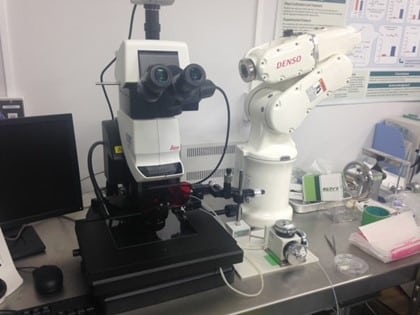
In the meantime, in Stevenage, we were trying to perform single-cell analysis with a manual system (shown below) using the needles developed by Prof. Masujima.
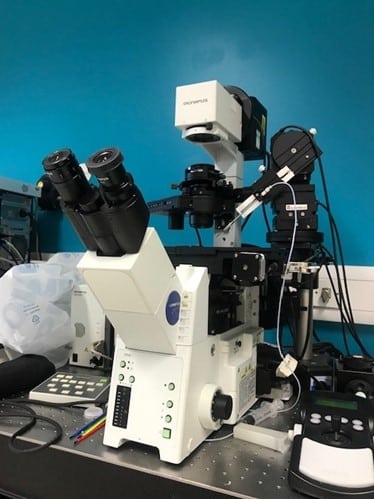
I am sure you can clearly see the difference, between the Japanese robots, in the previous picture and my ultra-manual system (above). In the first study, I did on the old setup, which was part of a clinical trial. (Begg et al. 2019 Journal of Pharmacol Exp Ther. 369(3):443-453, 202062 (NCT03045887)) It took me around 30 minutes to sample each cell, but I was still extremely happy when the results were consistent with what we were expecting.
Further Developments
In 2017 we were shocked to hear that Professor Masujima had passed away, but the legacy of the technique he pioneered lived on in the prototype of SS2000 (or the idea of it, that the very talented engineer team led by Takai-san brought to life). This almost sounded too good to be true, but it was, I could now sample a cell in 3 minutes instead of 30 and I was absolutely delighted!
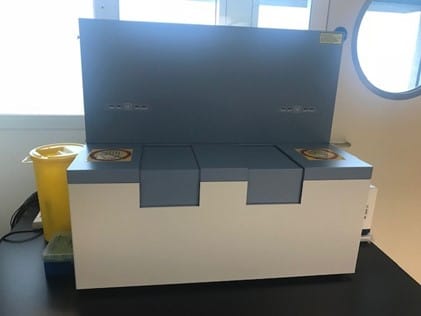
Testing the SS2000 prototype
We have run countless projects on the SS2000 prototype system either as an imaging system or for the SiLC-MS (Single-Live-Cell Mass spectrometry), we performed a multi-omics study for our consortium collaboration which we are hoping to publish soon, we generated data for the regulators with this system – it has been a workhorse on all fronts for us.
Yoshiura-san provided us with excellent training and support everything regarding the instrument and Mai-san was pivotal in our collaboration as she drove it and was always very welcoming and encouraging about the requests and wishlist for the second iteration of the instrument.
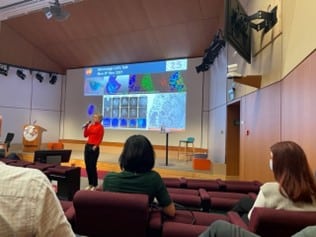
Excited for the SS2000
So, when Yokogawa told us we were going to receive the SS2000 in April 2022 I was obviously quite excited and so were my team members. As you can see in the picture below the system, is quite large and the boxes it comes in are even larger; below you can see the aftermath of the instrument installation.
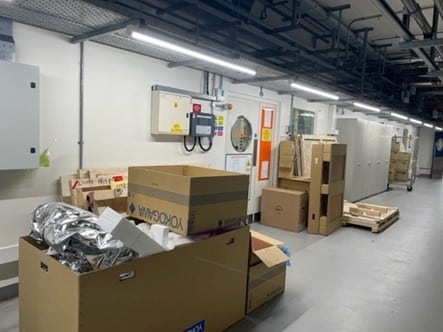
Very quickly the Yokogawa engineers managed to get the instrument from the box to the lab looking almost operable as you can see in the picture below. But do not let looks deceive you, it took David, Yoshifumi-san, and Yuuta-san the best part of a week to get the instrument actually operable, it might look easy, but it isn’t!!!! While the installation was ongoing, we were having the opportunity of being trained in the SU-10. The SU-10 is another cell sampler/injector from Yokogawa that will allow us to inject compounds into cells and ultimately sample from a single cell at several different time points, therefore, I am very much looking forward to start working on that system.
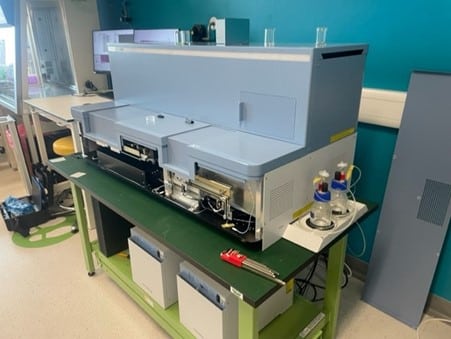
In the picture below you can see the team after a hard day of work working on the installation of the SS2000 and peaking there on the right-hand side, our Orbitrap Fusion Lumos, one of the instruments we use to analyse the cellular contents collected by the SS2000.
I really appreciate all the hard work David Sustr, Fumitaka-san, Yoshifumi-san, and Yuuta-san have put in while working with us in Stevenage and I hope they enjoyed their time here.
In the final picture here, they are providing us with the much-needed training so we can start working on this exciting instrument and start generating some really cool data.
